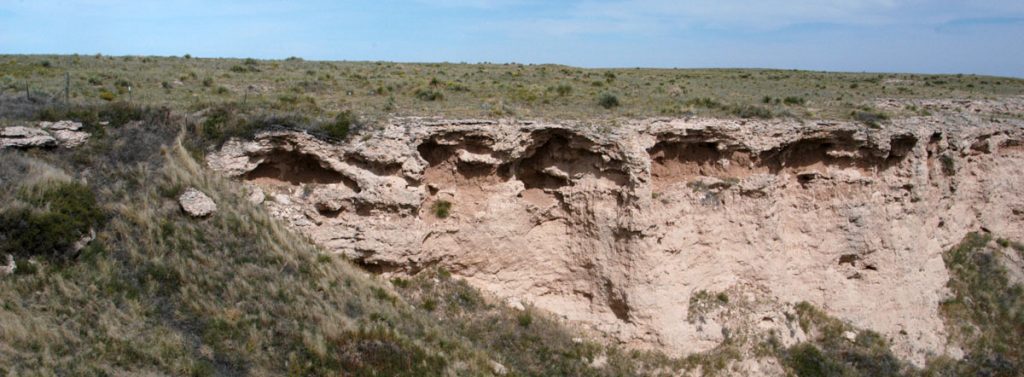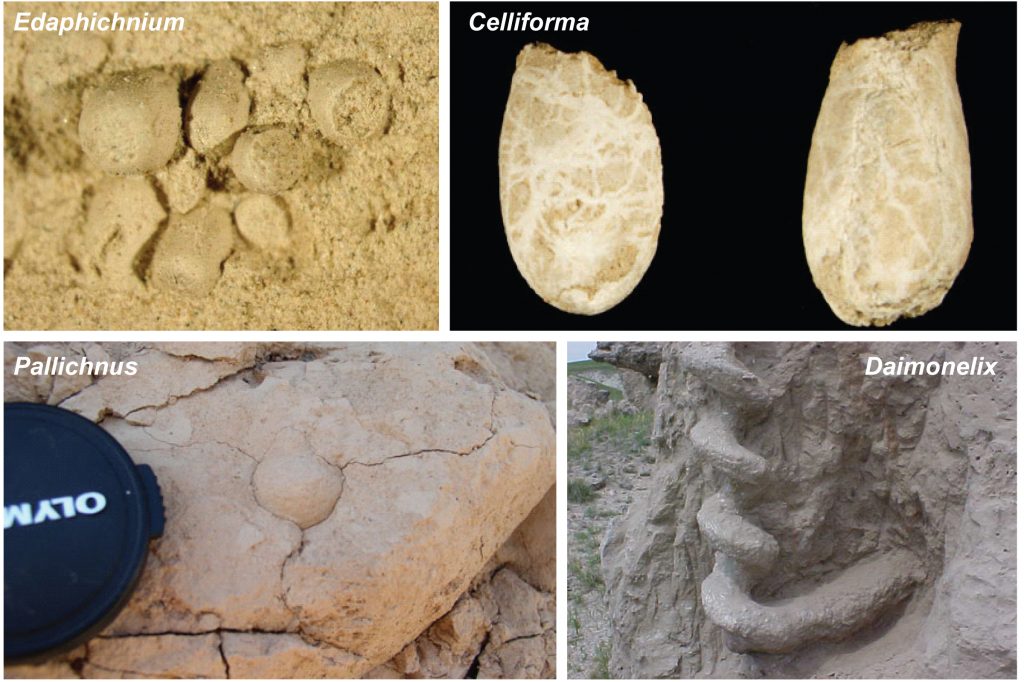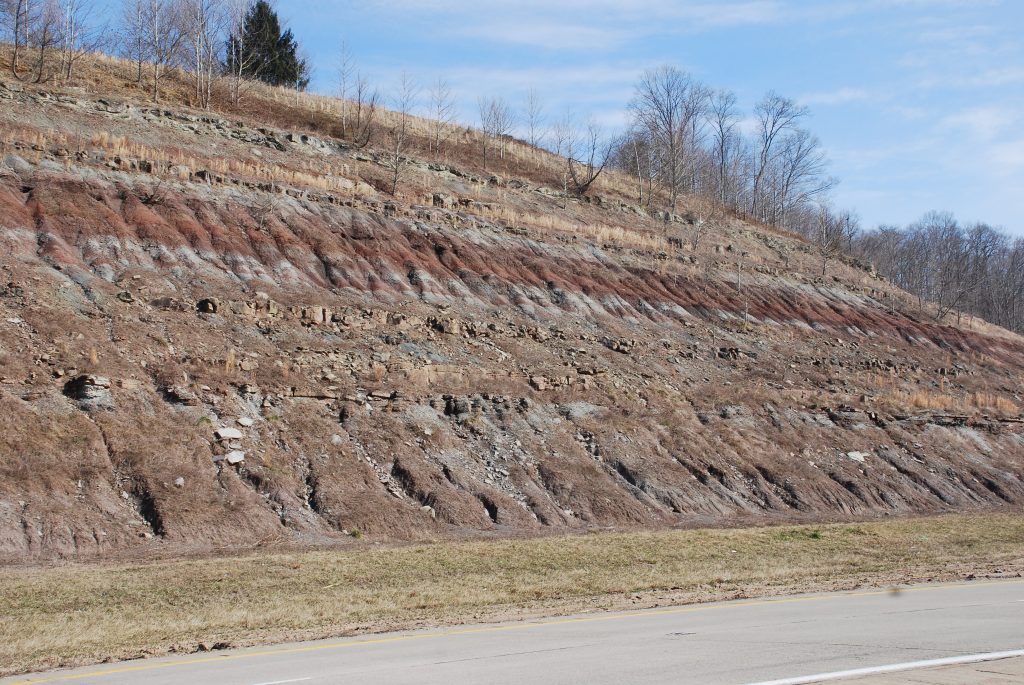
My research program involves the study of the interaction of sedimentological and biological processes within the fields of paleopedology (ancient soils) and ichnology (trace fossils). I combine these disciplines to study the evolution of modern and ancient soils, soil ecosystems, and landscapes as well as to demonstrate the broad environmental, climatic, and ecological applications of paleosols and ichnofossils, especially in evaluating the effect of long-term climate change on terrestrial ecosystems through Earth history. This involves not only the study of paleosols and continental trace fossils throughout geologic time, but also the study of modern soils and the burrowing behaviors and structures of extant soil animals in the field and laboratory.
My recent research projects have involved the study of the influence of climate change on ancient soils and soil ecosystems including those of the Pennsylvanian-Permian of southeast Ohio and West Virginia, as well as the Eocene to Pliocene of Colorado, Wyoming, southern Bolivia, and soon Ethiopia.
I am interested in recruiting Ph.D. and MS students interested in these research areas. For more information see News and Opportunities.
Continental Ichnology
My focus is ichnology is with animal-substrate interactions in ancient and modern continental environments. These interactions are preserved in the fossil record as trace fossils. Trace fossils provide an in situ record of ancient biodiversity, ecology, and environment. The study of trace fossils, therefore, provides vital information for accurate paleoenvironmental reconstructions. As sensitive indicators of environmental and climatic change, ichnofossils are also useful for detailed sequence stratigraphic analysis.
My research in continental ichnology has covered a range of geologic time, geographic locations, and depositional settings.

Experimental Neoichnology
My research in continental ichnology also involves experimental work with modern organisms, or neoichnology. Through detailed field observation and laboratory experiments with modern burrowing animals, continental tracemakers and their trace morphologies may be correlated to: 1) such substrate conditions as soil texture, moisture, and organic content; 2) depositional environments; and 3) such climatic factors as temperature and precipitation. I have established an animal burrowing laboratory that includes such burrowing animals as scorpions, whip scorpions, spiders, centipedes, millipedes, salamanders, toads, and skinks. A major goal of this research is to develop an online database that provides qualitative and quantitative data on the burrows produced by an array of terrestrial animals, with variations in morphology tied to environmental changes.

Paleopedology
The study of paleosols is important to geologists and biologists alike. Paleosols provide unique evidence for interpreting ancient terrestrial ecosystems, environment, and climate. They also provide some of the best evidence of the evolution of terrestrial ecosystems in addition to a deep time perspective of the effects of the interaction of terrestrial organisms and the substrate. I have used paleopedology extensively along with my studies of continental ichnology. My research has included the study of paleosols from the Pennsylvanian and Permian of Kansas, Ohio, and West Virginia, the Eocene of Wyoming, the Oligocene of Colorado, South Dakota, Nebraska, and Wyoming, and the Miocene of Colorado and Bolivia. In addition, by studying the characteristics of modern soils through field work and laboratory analyses, the pedogenic features preserved in these paleosols have been used to interpret specific paleoenvironmental and paleoclimatic conditions.
